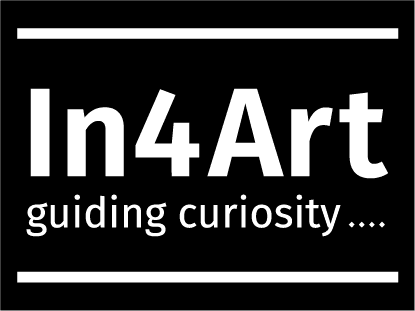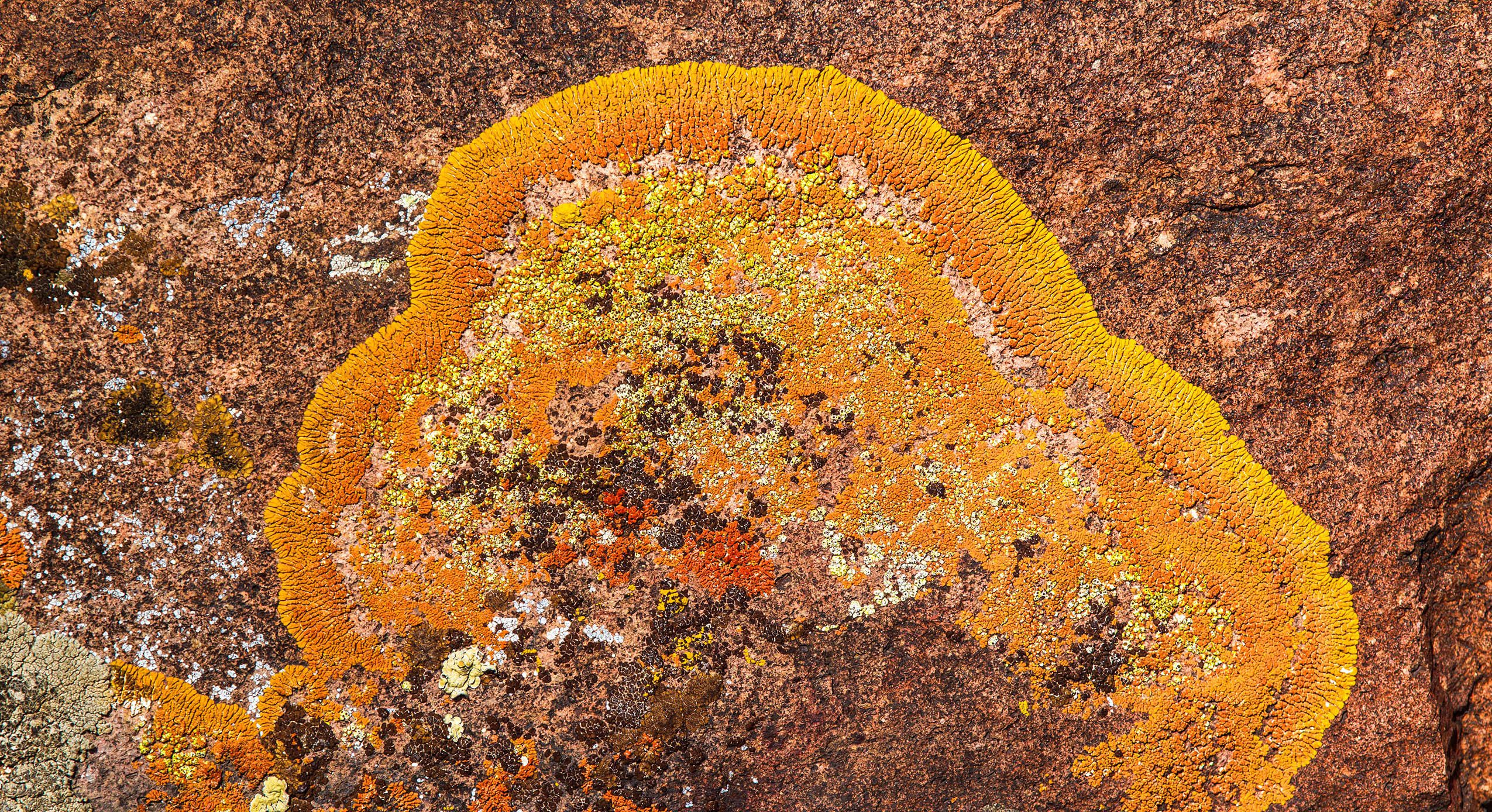Repairing with Lichen
Repairing with Lichen explores notions around micro-rewilding in ‘the city’ from a lichen-eye point of view to reimagine nature in the city. The residency project aimed at imagining alternative ways of co-existing within the city of The Hague, using digital technology to understand the complexity of the ecological consequences of urban development while raising questions around its openness, interconnectedness, diversity, and nonhuman agency.

So Prototype growth tiles
Ec Lichen time horizon
Ar Artwork ‘One and the Care of Many’
Bu Least natural site model
Sc Inside lichen VR
Prototype growth tiles
Prototype growth tiles to rewild own environment. The tiles empower citizens to invite lichens to grow.
Lichen time horizon
It talks about introducing another time frame, one of a decade(s) timespan when analysing for impact and effect.
Artwork ‘One and the Care of Many’
A mosaic wall work, composed of various 19th century drawings by botanist Ernst Haeckel, enriched with scans from lichens that survive space, radioactivity and climate adaptation in the Netherlands.
Least natural site model
Based on CGIS+ city data different characteristics, like humidity, sunlight, building surface, trees, a model has been created to identify the least natural sites within a city.
Inside lichen VR
A virtual navigation through the inside of a small hooded rosette lichen (Physcia adscendens), taken from a canal wall in The Hague, that is obtained through a dataset from a microCT scan.
Details
About
This project addresses lichen as a starting point to consider notions of collaboration and care between species in the context of endangered city ecosystems. Like cities, lichens are a multispecies population; mycelial and algae partners living together in a flourishing and site-specific complexity of architecture and community. Occupying six percent of the earth and calculably metabolising two gigatonnes per year of atmospheric carbon globally, lichens are both ancient and current. They are at once micro-terraformers, atmospheric bioindicators, ecosystem cornerstones and discrete non-human storytellers of that blink-of-an-eye millennium in which humans have apexed across the earth. As a multi-member microbial community and trade-based symbiosis, lichens speak to innovative approaches to interdisciplinarity, partnerships and notions of care between species. They role-model collaborative living and urban rewilding at the city surface level.
Through the brief to reimagine nature in the city, Penelope Cain presents a series of lichen-centric experimental provocations. From how to imagine urban micro-rewilding, a non-human storytelling through the eyes of an algal protagonist at lichen-time, to a consideration of microbial gestures of care and the role of touch, and a prototype proposition for flourishing on urban surfaces.
Text by: Manuel Ciraqui in booklet REWILD exhibition
Exhibitions
Artist/s
Partners
Witteveen+Bos / Municipality of The Hague / YES!Delft / Media Solution Center / High-Performance Computing Center Stuttgart (HLRS)
Duration
February 2022 – December 202
Investment
€60.000
Credits
Witteveen+Bos was as a residency host. The project was part of the S+T+ARTS Regional Centers project Repairing the Present and has received funding from the European Commission’s Directorate-General for Communications Networks, Content and Technology under grant agreement LC01641664.
: News
MAXXI – September, 2022
MAXXI – September, 2022
Witteveen+Bos – February, 2022













